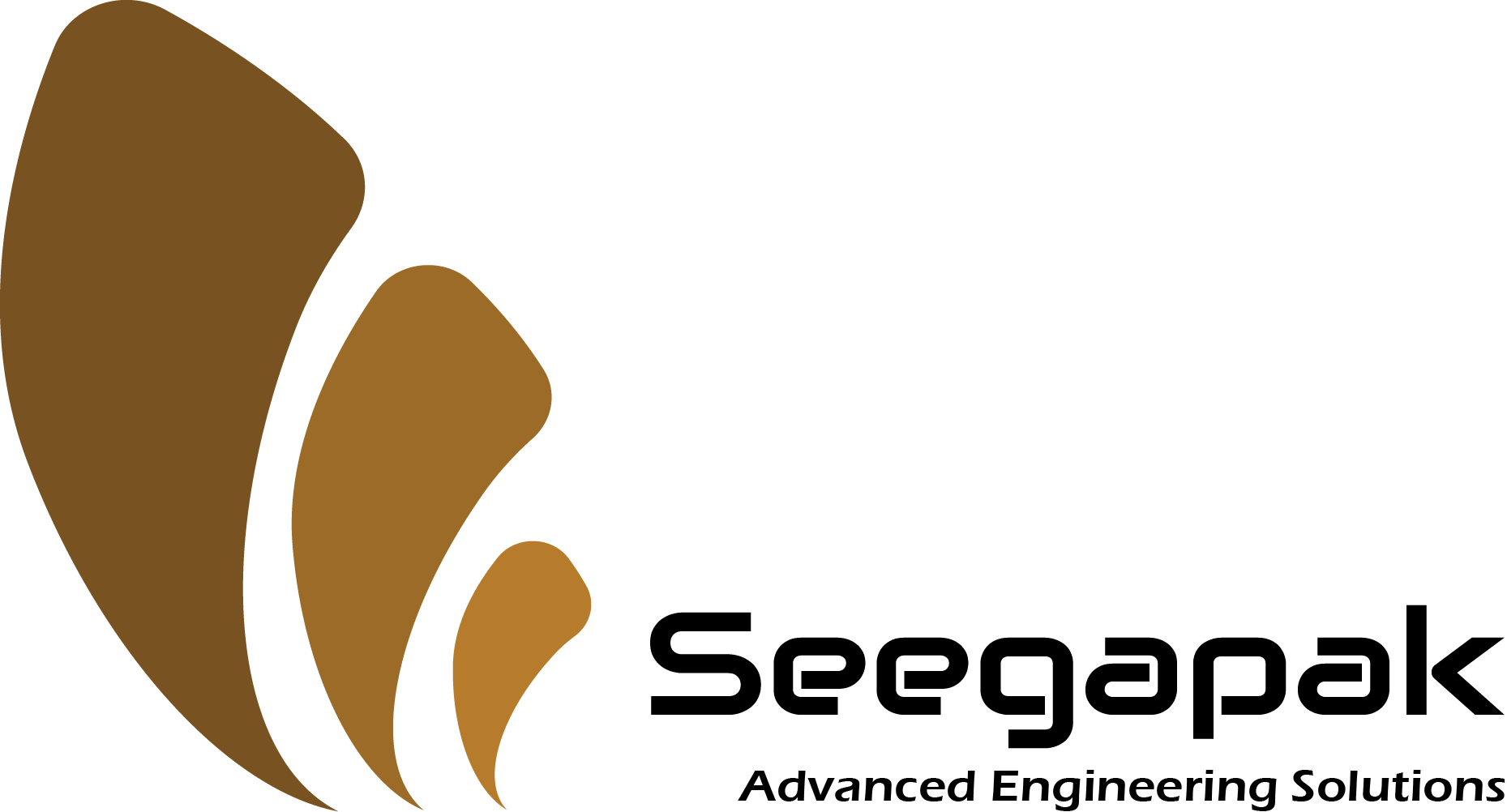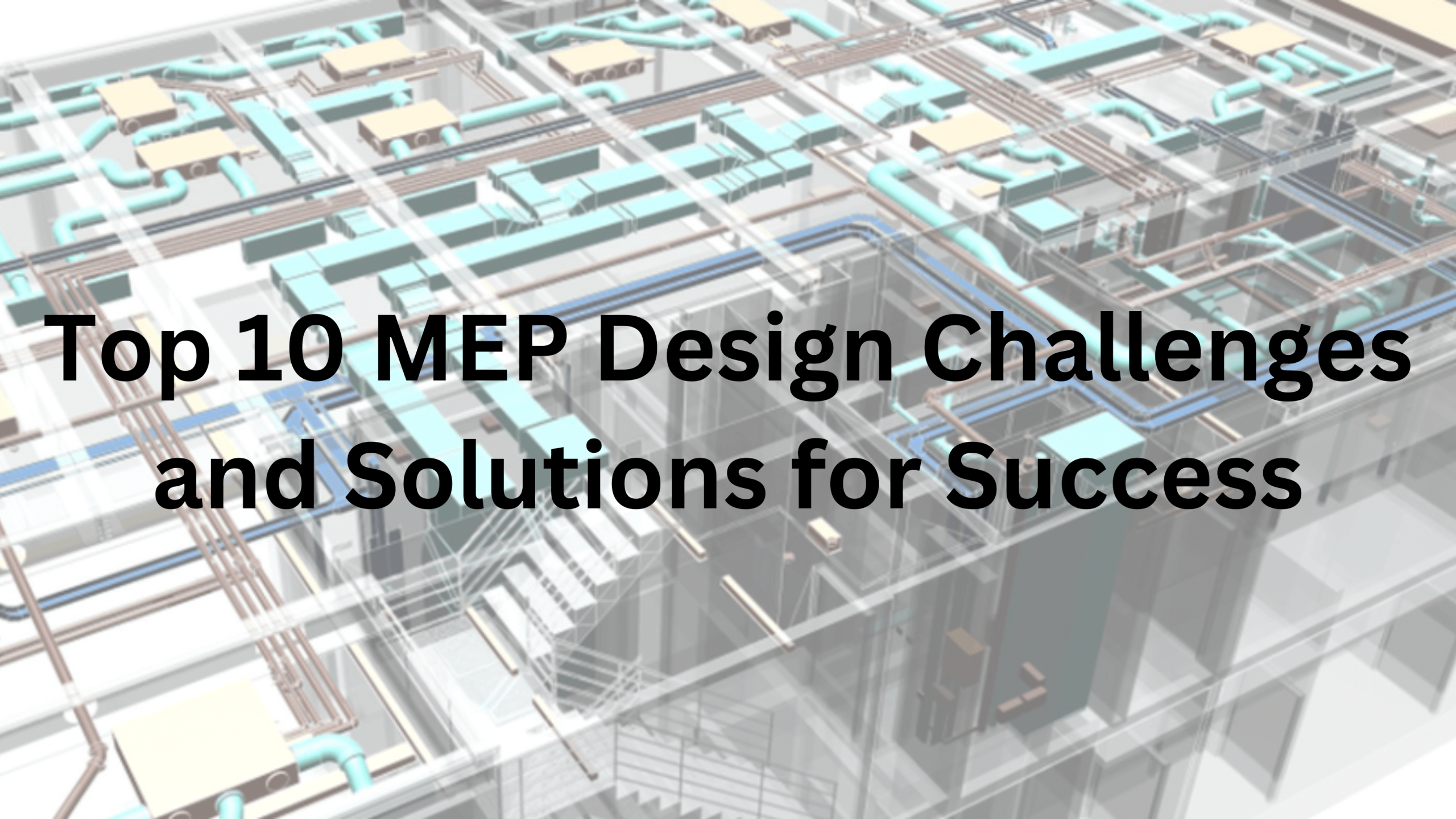Mechanical, Electrical, and Plumbing (MEP) design plays a critical role in building construction (both commercial and domestic) and operation. It encompasses the intricate system network that ensures a structure’s functionality, safety, and efficiency. However, MEP design is not without its challenges. In this article, we will explore the top 10 MEP design challenges and provide practical solutions to ensure the success of your project. These insights are drawn from leading industry sources to address the most pressing issues in the field of MEP design.
Top 10 MEP Challenges
Coordination and Integration
One of the most significant challenges in MEP design is coordinating and integrating various systems. With each system having its own set of requirements and specifications, ensuring they work seamlessly together is paramount.
Solution: Implement Building Information Modeling (BIM) technology. BIM allows for a collaborative 3D modeling approach that enables designers and engineers to integrate MEP systems effectively, identify clashes, and resolve them before construction, saving time and resources.
Energy Efficiency
Designing energy-efficient MEP systems is a top priority in an era of environmental consciousness. Ensuring the optimal use of resources while maintaining comfort and functionality is a complex endeavor.
Solution: Utilize energy modeling tools to analyze and optimize the performance of MEP systems. Advanced HVAC control systems, LED lighting, and efficient plumbing fixtures are some energy-efficient solutions that can be incorporated into designs.
Sustainability and Environmental Regulations
Meeting stringent environmental regulations and sustainability goals can be a challenge for MEP designers. These requirements are continuously evolving and becoming more demanding.
Solution: Stay updated with the latest environmental regulations and sustainable design principles. To meet these requirements, implement green building technologies such as solar panels, rainwater harvesting systems, and energy-efficient HVAC systems.
Budget Constraints
Managing costs is always a concern in construction projects. MEP design often accounts for a significant portion of the budget, and controlling these costs is essential.
Solution: Early involvement of MEP designers in the project can help identify cost-effective solutions and reduce the likelihood of expensive changes during construction. Value engineering can also help find cost-saving alternatives without compromising quality.
MEP Design Challenges: Space Constraints
MEP systems require dedicated space within a building’s design, which can be limited, especially in renovations or when working with existing structures.
Solution: Optimize space utilization using compact and innovative MEP equipment and systems. Consider using space-saving technologies, such as ductless HVAC systems, and incorporate MEP elements into the architectural design.
Code Compliance and Regulations
Staying compliant with ever-evolving building codes and regulations constantly challenges MEP designers. Failure to comply can lead to project delays and additional costs.
Solution: Establish a robust quality assurance process and engage with local authorities early in the design phase. Regularly update your knowledge about local and international codes, and work with legal experts if needed.
MEP Design Challenges: Lifecycle Costs and Maintenance
While designing MEP systems for new buildings, it’s essential to consider their long-term maintenance and operational costs. Failing to do so can result in higher expenses over time.
Solution: Opt for durable, low-maintenance equipment and systems. Perform lifecycle cost analysis to make informed decisions and select systems with a track record of reliability and ease of maintenance.
MEP Design Challenges: Safety and Security
Safety is a primary concern in MEP design, as failures or hazards can lead to accidents, injuries, and even fatalities. Security is another aspect, particularly in critical infrastructure projects.
Solution: Prioritize safety by following industry best practices and using safety design guidelines. Incorporate redundant systems, access control, and surveillance measures in high-security areas to enhance security.
Technological Advancements and Adaptation
The fast-paced evolution of technology can pose challenges in keeping up with the latest advancements and integrating them effectively into MEP designs.
Solution: Invest in continuous training and education for your team. Collaborate with technology experts to understand and apply the latest advancements in MEP systems, such as smart building technologies and IoT-enabled devices.
Team Collaboration and Communication
Communication breakdowns among project stakeholders, including architects, engineers, contractors, and owners, can result in errors, delays, and conflicts during construction.
Solution: Implement efficient communication processes and tools to facilitate collaboration among team members. Regular meetings and clear documentation can help ensure everyone is on the same page and aligned with project goals.
Conclusion
MEP design is critical to any construction project, and overcoming its challenges is vital for a successful outcome. By addressing issues such as coordination, energy efficiency, sustainability, and compliance while considering budget, space, safety, and technology, you can navigate the complexities of MEP design more effectively. Strong team collaboration and communication are fundamental to overcoming these challenges and ensuring a well-executed project. Staying informed, adopting the latest technologies, and prioritizing long-term efficiency will meet the current requirements and future-proof your designs. In a rapidly evolving field, adaptability, innovation, and a commitment to excellence are the keys to success in MEP design.

